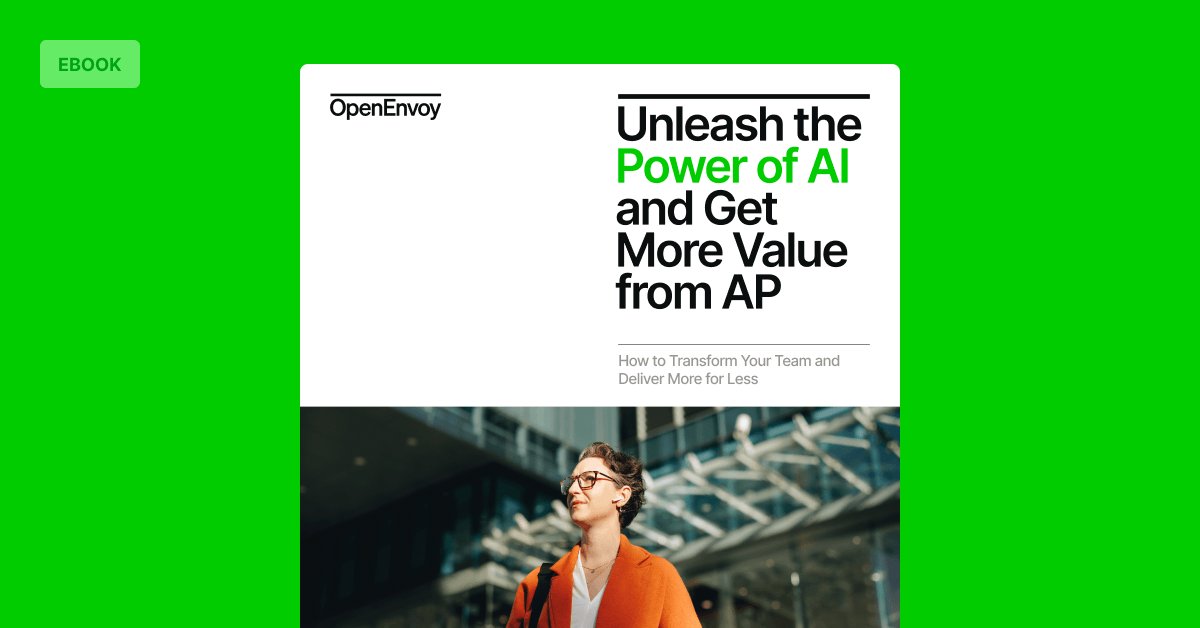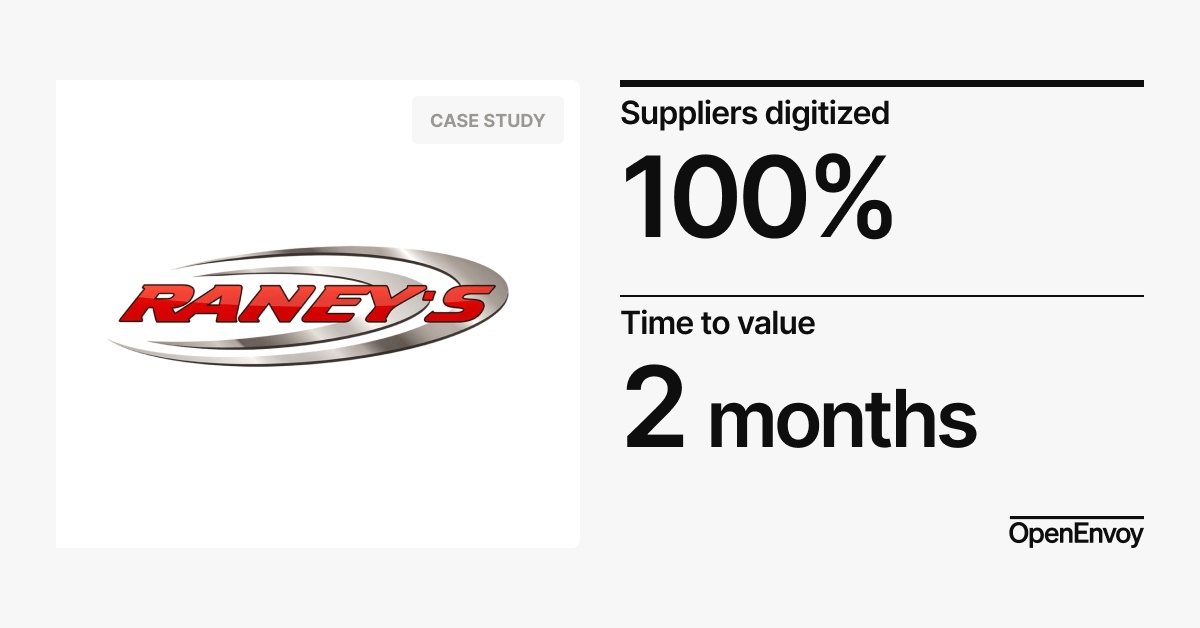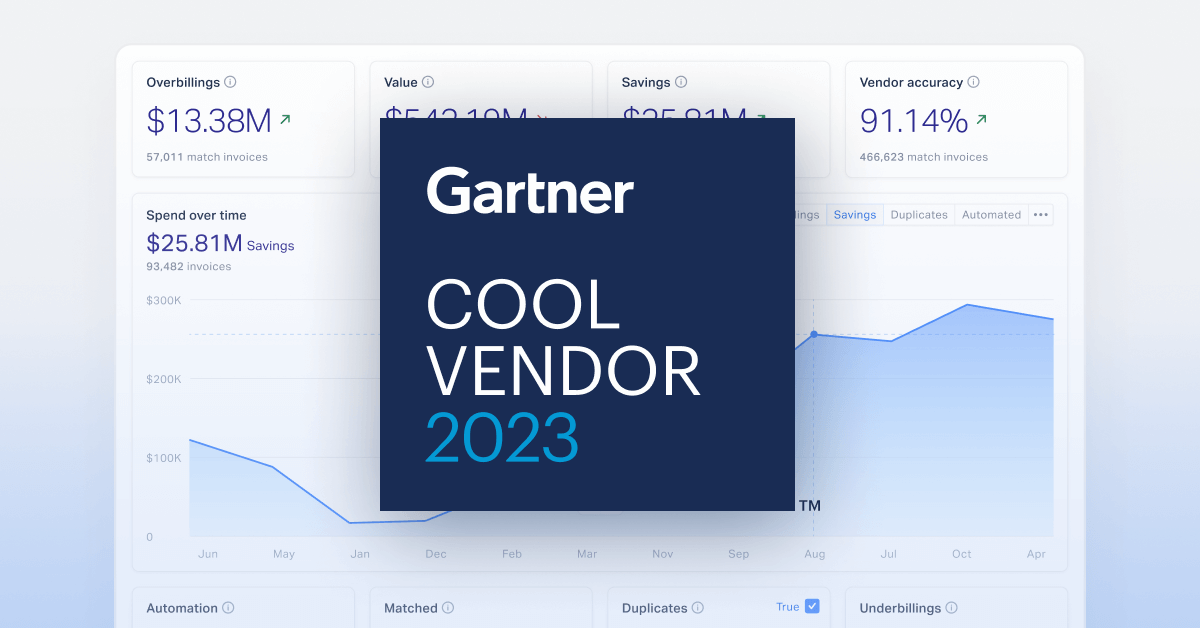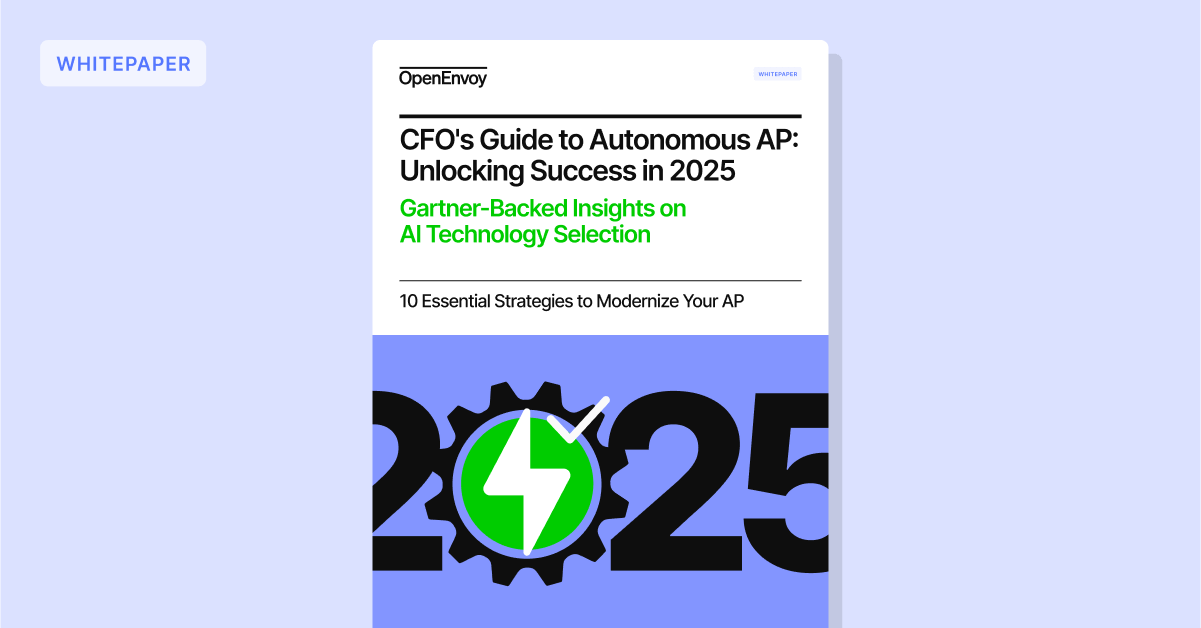An Interview with Mark Verbeck, Former CFO of Cyara, Coupa Software, and Blade Network Technologies.
Q: Companies are facing another year of high interest rates and a difficult financing environment. As a longtime CFO, what’s your take on M&A in 2024?
A: My sense is that M&A in venture-backed companies should accelerate in 2024. Companies that are still burning cash see a shortening runway, and investors are coming to grips with the multiple contraction that seems to be permanent. 2024 will see the very best venture-backed companies who’ve architected efficient cost models continue to grow and invest. Many founders and investors who are looking at high burn and short runways will decide that getting acquired is the best way to secure the future of their companies and realize investor returns.
For PE-backed companies, M&A at reset valuations is a way to buy yourself out of high multiples that were paid in recent years by averaging down. Many PE funds are sitting on a lot of dry powder, and while high interest rates are a headwind, the economics of expanding an existing portfolio company probably looks more attractive than a net new transaction.
Mega transactions will likely remain scarce as a challenging regulatory-approval environment both in the US and the EU combines with the expense of the leverage typically required in these transactions to curb demand.
Q: You’ve seen a number of acquisitions. We know that it’s often difficult to realize projected and committed synergies. Why is this so hard?
A: In my experience, there are two categories of cost synergies: those that are significant and easily identified, and broader synergies that we know must exist, but aren’t specifically called out in valuation models. The identified cost savings are often readily achieved. For instance, it is straightforward to cut headcount and remove duplicate spend as long as the assumptions were realistic and the company has good visibility into spend across the combined company. Since these assumptions are fairly granular, experienced acquirers often get this right. With the broader synergies, on the other hand, cost savings may not materialize.
I have seen additional challenges on synergies in revenue and unexpected new costs. On the revenue side, it is easy for management and deal teams to get enthusiastic about upsell and cross-sell opportunities. The rigor available to vet these projections just isn’t as robust as it is with spending. So this is an area where overly optimistic projections are most likely to creep in. The reality might be that there is a real reason why the companies didn’t have significant overlap in their customer bases, and revenue synergies don’t materialize.
On the cost side, where challenges often come up is with new costs that were not anticipated. Even beyond the costs of migrating existing systems, the endeavor of uplifting the systems, software, and processes from each organization can often bring significant costs. As the size of the functions increases, new layers of management, a requirement for additional capabilities, and a more complex organization can require additional headcount that wasn’t foreseen.
Q: What has been your experience within the Finance function specifically in merger integration?
A: Finance isn’t immune to the challenges we’ve just discussed. Certain headcount that could be eliminated can be readily identified. But then you realize your revenue recognition just got a lot harder, your ERP system needs a new module, or some of your processes are not compatible with the target’s business model. If you have major initiatives or launches that go over budget, you may realize that your budget vs. actual process isn’t as tight as it needs to be. We’ll get back to that later. In all of these cases, your cost synergies get eaten up by new realizations.
Particularly for sizable mergers, companies increasingly don’t intend to standardize back-end systems. Instead they intend to standardize front-end processes and create a single view of the data in order to realize synergies and economies of scale. But creating this single view of the data can be extremely difficult using manual processes, and basic reporting and data warehouse technologies.
Q: How is AI changing the game for acquisition-integration success rates?
A: AI could bring huge opportunities to improve the overall batting average for successful M&A. There will be low-hanging fruit where AI helps with integration work and solving some of the recurring issues with data integrity that can delay or reduce expected synergies. AI can give companies immediate visibility across disparate systems and give managers the control needed to take action, speeding business integration and reducing consolidation requirements. Platforms like OpenEnvoy can give full visibility to spend and suppliers across multiple operating units and ERPs. Rather than a toolset or an “empty box” data warehouse, the Applied AI approach for Finance that OpenEnvoy provides means that their solution is ready to add value right out of the box without the need for extensive business-process consulting or training data for the AI and ML technologies.
For serial acquirers and PE firms that have the transaction experience base, the Holy Grail for AI could be the ability to predict the unpredictable. Any improvements that can take items from the “must exist but aren’t explicitly valued” to the “significant and easily identified” columns will be hugely valuable. We can chat about a specific example–the rigor and control that more mature processes provide in preventing fraud and supplier overbilling. We knew that improved rigor should reduce non-headcount spend, but until now it’s been difficult to model exactly how or how much.
Q: Looking ahead, what opportunities do you see within the Finance function with regard to AI?
A: One of the most pervasive challenges for FP&A has been data integrity. The old maxim is “Garbage In–Garbage Out.” Using AI to provide consistent, correct categorization of vendor invoices, customer invoices, and journal entries will provide significant benefits to data integrity.
For supplier spend, one of the challenges with achieving synergies is that poor categorization makes it difficult to identify opportunities. AI can help with this without the massive manual data cleanup efforts that would have been required in the past.
Real-time reconciliation of receivables and payables using AI in a platform like OpenEnvoy vastly simplifies some of those transactional processes we talked about. That can be a huge driver for operating margin expansion. Reconciling invoices directly to source documents like supplier bids, price sheets, contracts, purchase orders, receipts, and transaction records eliminates fraud, duplication, and supplier overbilling. Companies can save 5% or more across broad categories of non-headcount spend with this strategy. There can be big improvements to cash flow too. Improving control in AP lets the company optimize payment timing to realize early-pay discounts or stretch DPO.
A similar opportunity exists with customer invoices on the receivables side. B2B companies often have a lot of complexity in transactions that result from different products sold in a variety of bundled configurations, complex deal terms, and various discounts. Using AI to produce highly accurate customer invoices avoids disputes and accelerates collections.
Q: What about cash flow? How important is managing liquidity in these situations vs. GAAP operating margins?
A: Ever since the Fed began its interest-rate hikes amid fears of a possible recession, the mantra has been “Cash is King.” Now that companies are also earning a return on their cash holdings, this is even more appropriate.
Better cash management is another big benefit of optimizing payables and receivables. AI-driven strategies accelerate invoice capture and processing, and reconciling to contracts provides the information needed to prioritize paying early for a discount vs. stretching DPO. On the receivables side, improving accuracy in customer invoices reduces disputes and accelerates collections.
Q: Great. So Applied AI solutions like OpenEnvoy deliver more levers for realizing M&A synergies on top of headcount reduction. How do you get more efficient in SG&A? Especially if the company grows by a lot?
A: The reason I was interested in working with Matt Tillman and the OpenEnvoy team is that I immediately realized the opportunity the platform brought to improve productivity in Finance and across the business. If you have any kind of large project spend, whether it’s a major marketing event like a customer conference or developing a new product, closely managing budgets, supplier bids, and invoices takes a great amount of time and the visibility is often slow. You likely have a costly FP&A person working with the teams to support planning and then a budget-vs.-actual process on the back end. Better management of bids and invoices, and the ability to systematically audit those invoices to avoid overbilling, saves time.
Further, I think embedding AI-powered visibility into the transactional front-end systems lets companies like OpenEnvoy remove the need to rip-and-replace existing systems and processes. Take reconciling invoices to contract, for example. Invoices can be captured directly from suppliers with no on-boarding needed. Whether your contracts are in a CLM or S2P system, or on a file system like SharePoint, OpenEnvoy can simply pull those contracts with straightforward integrations and get the visibility it needs using AI. There’s very little change management for users or suppliers, so the business-case benefits accrue very quickly. This approach insulates end users from the complexity of the often difficult-to-use back-end systems.
Jake: Thanks for your expert insights, Mark. One of the great takeaways here is that if we do see a pick up in M&A this year, as you expect, real-time audit can help improve operating margins and the realization of synergies. This is a quick way to meet financial targets beyond headcount reductions.





